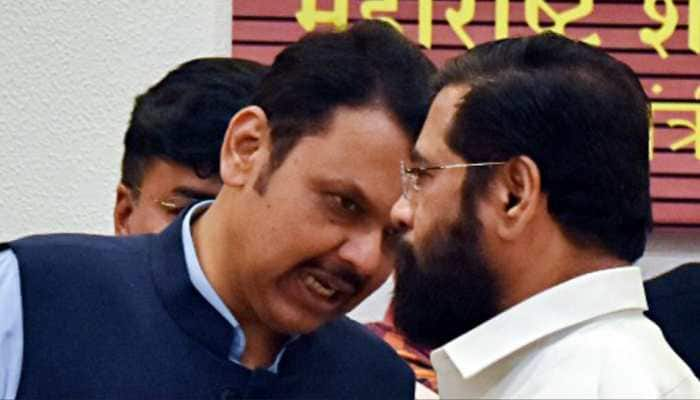5 Facts About Historic Sceptre 'Sengol' To Be Placed In New Parliament
Amit Shah called the historic sceptre 'Sengol' which marked the transfer of power from the Britishers in 1947 as a major cultural symbol of India's independence.
Trending Photos
)
New Delhi: Union Home Minister Amit Shah on Wednesday announced that historical Sceptre 'Sengol' which was received by first Prime Minister Jawahar Lal Nehru from the Britishers will be placed inside the new parliament building. Prime Minister Narendra Modi will inaugurate the new building on May 28. Amit Shah called the historic sceptre which marked the transfer of power from the Britishers in 1947 as a major cultural symbol of India's independence. Shah said that, "Sengol represents the same feeling that Jawaharlal Nehru felt on August 14, 1947."
Here are the five facts about 'Sengol':
1. According to historical accounts, C Rajagopalachari had approached the Dharmic Mutt in the Tanjore district of Tamil Nadu - the Thiruvavaduthurai Adheenam. The leader of the Adheenam immediately commissioned the preparation of the 'Sengol'.
Union Minister @AmitShah launches the website for the historical relic Sengol. The website constitutes in-depth information related to the Sengol
Watch #AzadiKaAmritMahotsav pic.twitter.com/J2bkfWSRpp — PIB India (@PIB_India) May 24, 2023
2. The word Sengol is derived from the Tamil word 'Semmai', meaning 'Righteousness'. It is an Indic civilizational practice from the Chola kingdom, which was among the leading kingdoms in the Indian sub-continent for centuries.
3. As per the historic tradition, at the time of enthronement, the traditional guru of the preceptor of the King would hand over the ceremonial Scepter to the new ruler.
4. At the time of the power transfer on August 14, 1947, three people were specially flown in from Tamil Nadu on August 14, 1947 - the Deputy high priest of the Adheenam, the Nadaswaram player Rajarathinam Pillai and the Oduvar (singer) - carrying the Sengol.
5. The priests conducted the proceedings. They gave the Sengol to Lord Mountbatten and took it back. The Sengol was purified with holy water. It was then taken in procession to Pandit Jawaharlal Nehru's house, where it was handed over to him. A special song was rendered, as specified by the high priest.
Stay informed on all the latest news, real-time breaking news updates, and follow all the important headlines in india news and world News on Zee News.
Live Tv







)
)
)
)
)
)
)
)
)
)
